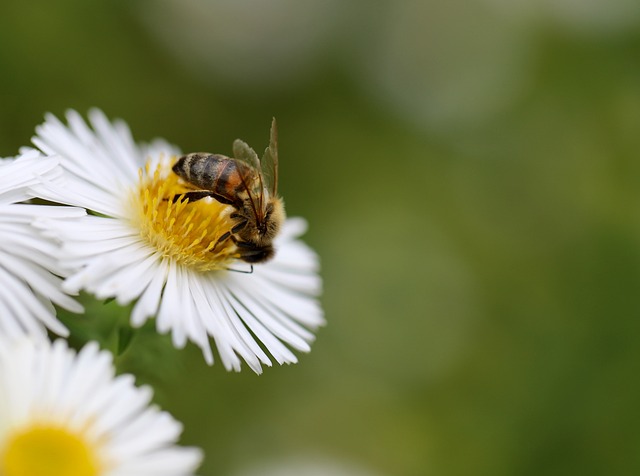There’s a long list of parenting ideas that sound fantastic until I actually try to implement them and they flop. Teaching my kids to use the proper anatomical names for their body parts is one of them. My four-year-old refers to his penis as a “pee-pee,” and my two-year-old has adopted the same cute terminology for her vagina.
I’ll admit it: I’m a pretty impressionable parent, mostly because I often feel like I’m winging it. So when another mom mentions something like, “I only let my child have four ounces of juice a day, as recommended by the American Academy of Pediatrics,” I can’t help but think, “Oh no! I should probably do that too!” Then when my little one asks for a juice box, I find myself saying he’s already had his limit for the day, only to be met with a look that screams, “Seriously, Mom?” and inevitably, I give in. So yes, my kid might be getting eight ounces of juice, or maybe even ten. Classic parenting fail right there.
In a similar vein, I once read a great piece by a mom who was determined to teach her children the proper names for body parts. I remember thinking, “She’s brilliant.” I have no issues with the terms “penis” or “vagina,” so I made a note to skip the cutesy alternatives when my kids got older. I even stumbled upon another article claiming that using euphemisms could instill shame about their bodies. I was sold on that idea, because, again, that’s just the kind of parent I am. “I’m all about body positivity! I don’t want my kids to feel ashamed!”
Dr. Williams backs this up as well, stating, “It’s crucial to use accurate terms. By starting at this early age, you want your child to see you as a trustworthy source of information, especially on sensitive topics. You’re establishing the foundation for the more complicated discussions about sexuality that will arise during their teenage years.” So, am I jeopardizing my future relationship with my son because I call his penis a “pee-pee?” Yikes.
As the months passed, I realized I was still saying “pee-pee” and decided it was time for a change. I sat him down and said, “Your ‘pee-pee’ is actually called a ‘penis.’ Cool?” A few days later, during a casual quiz, I asked him, “What’s that called?” He stared blankly at me, his expression clearly saying, “What’s going on, Mom?”
It struck me that we just don’t chat about penises enough for it to be a pressing issue. I understand the concern about children needing to accurately label their body parts to communicate if any inappropriate behavior occurs. This is a valid issue that I take seriously. I’ve had the “only you can touch your penis” conversation with him multiple times, making sure he knows to tell me if anyone ever makes him feel uncomfortable. His response? “Yes, Mommy, I know. No one can touch my pee-pee but me.”
So there it is; we don’t use anatomically correct terms in our household. And honestly, in a world where a bottle is a “ba-ba,” a pacifier is a “binky,” and Grandma is “Ya-Ya,” does it really matter? Maybe this is just another parenting misstep, but I’m okay with “penis” being one of those terms we baby-talk about.
If you want to explore more about family planning, check out some resources on intrauterine insemination or learn about fertility boosters for men. Additionally, if you’re interested in a journey toward parenthood, read about couples’ fertility journeys.
In summary, while I may not be using the correct anatomical terms in my home, I recognize that the love, trust, and communication I foster with my kids are far more important. After all, parenting is about navigating our unique paths and doing what feels right for our families.
Keyphrase: teaching kids anatomical terms
Tags: [“home insemination kit”, “home insemination syringe”, “self insemination”]
